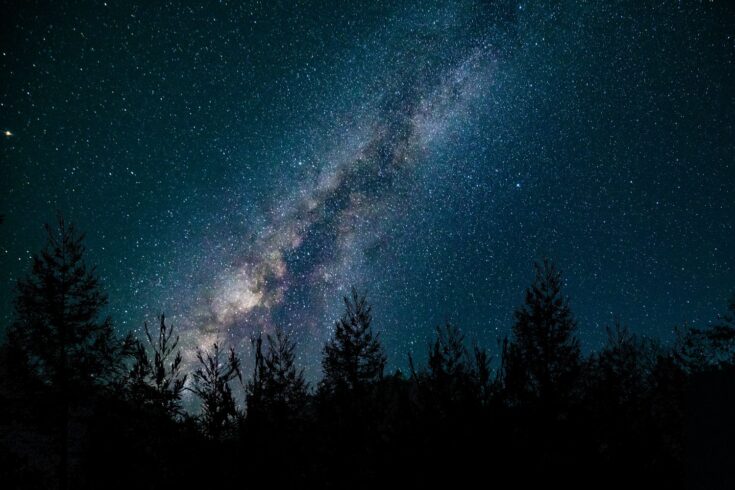One of two proposals shortlisted for NASA’s next $1 billion probe mission, the PRobe far-Infrared Mission for Astrophysics (PRIMA) is being supported by a UK consortium including RAL Space, the University of Sussex, Imperial College London and Cardiff University.
This ambitious mission would use a 1.8-metre telescope optimised for far-infrared imaging and spectroscopy, bridging the gap between existing observatories like the James Webb Space Telescope and radio telescopes.
Answering the Universe’s biggest questions
By exploring the far-infrared wavelengths of light, PRIMA aims to answer some of the Universe’s biggest questions about the origins and growth of planets, supermassive black holes, stars and cosmic dust.
Funded by the UK Space Agency, the UK team working on PRIMA is led by the University of Sussex and is crucial to the project’s progression to the next stage. RAL Space is leading the group that will develop contributions to PRIMA’s ground segment, responsible for processing and analysing the data from the mission.
PRIMA and its competing proposal, the Advanced X-ray Imaging Satellite (AXiS), will each receive $5 million from NASA to conduct a 12-month mission concept study.
A new class of astrophysics missions
NASA will confirm their final mission selection in 2026, and the resulting observatory will become the first in a new class of astrophysics missions within the agency’s longstanding Explorers Program. NASA says the new mission class, Probe Explorers, will ‘fill a gap between flagship and smaller-scale missions in NASA’s exploration of the secrets of the universe.’
Dr Chris Pearson, Astrophysics Programme Lead at RAL Space, said:
It is very exciting for the UK to be involved in this proposed mission, and fantastic news for scientists investigating the way stars and galaxies are created.
RAL Space already has strong heritage in similar astronomy missions, including the Herschel Space Observatory launched in 2009. If selected, PRIMA will be the first mission since Herschel to explore these particular wavelengths, providing the first opportunity in over a decade to study the distant, dusty Universe.
In an official release, Dr Nicola Fox, Associate Administrator at NASA’s Science Mission Directorate, said:
NASA’s Explorers Program brings out some of the most creative ideas for missions that help us reveal the unknown about our universe. Establishing this new line of missions – the largest our Astrophysics program has ever competed – has taken that creativity to new heights.
Both of the selected concepts could enable ground-breaking science responsive to the top astrophysics priorities of the decade, develop key technologies for future flagship missions, and offer opportunities for the entire community to use the new observatory, for the benefit of all.

